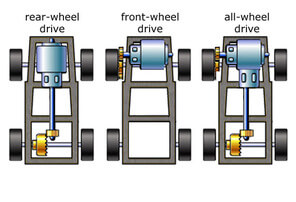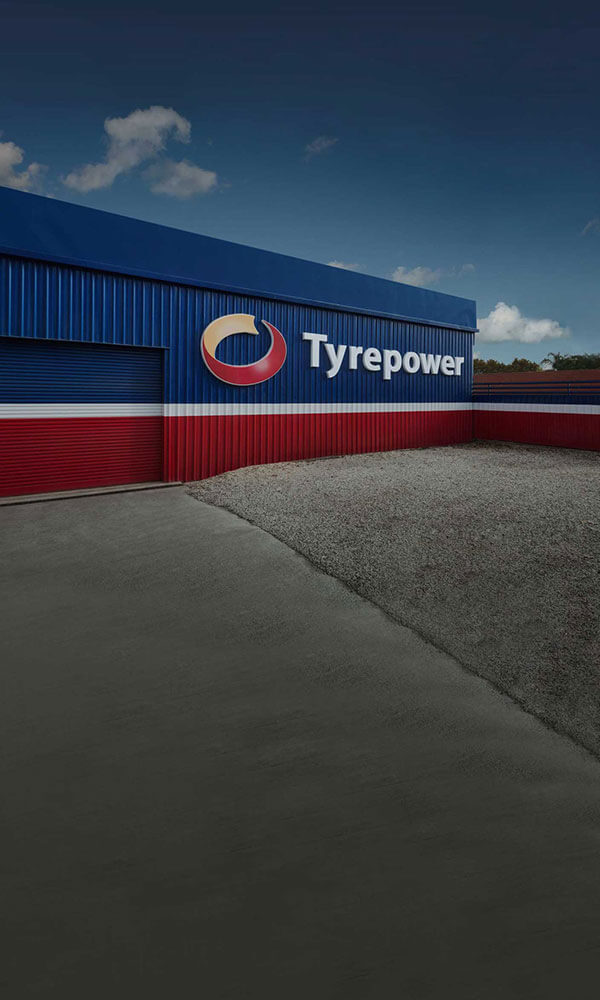Rear-wheel-drive, front-wheel-drive or all-wheel-drive, which is best?
When choosing to buy a rear-wheel-drive (RWD), front-wheel-drive (FWD) or all-wheel-drive (AWD) vehicle, there are three things you should consider - the conditions you normally drive in, the type of driver you are and what it is you want the car to do best.
Rear-wheel-drive provides better balance and handling, spreads the weight of the drive train more evenly and can take more of a hit without needing expensive repairs. This is why most service cars, like cop cars, and most sports cars are RWD. They also are the weakest out of the three when it comes to bad weather. Front-wheel-drive cars are better on economy. They are cheaper to design, build, better fuel consumption due to lighter weight and have better traction than RWD, especially in bad weather. They are the most commonly found in the economy-type and lower-cost car categories. FWD do still have some negatives, such as being nose heavy. This is no great for handling, especially at high speeds and high load handling. All-wheel-drive vehicles have the best of both of the above layouts, while also minimizing the weaker points of the two. AWD provides excellent traction but are heavier which means they use more fuel and can hurt the car’s acceleration. They can also be quite costly but the safest in bad weather.


